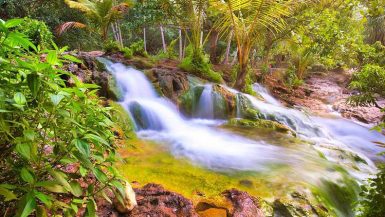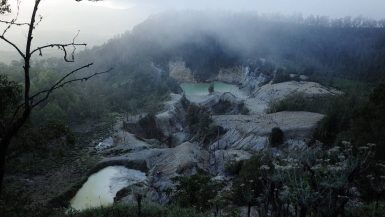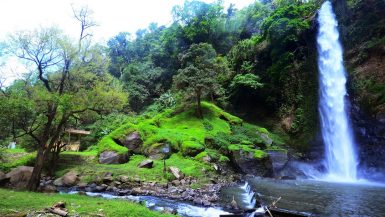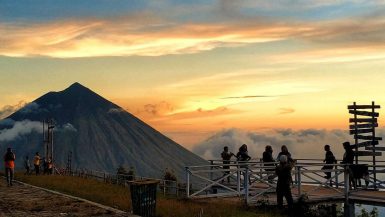Indonesia is a wonderful archipelago consisting of thousands of islands and millions of inhabitants, preserving cultures and heritages all across that are worth exploring more. One of the most recommended cities to visit in this country is Bajawa, a town in Flores, East Nusa Tenggara. If it piques your interest, our comprehensive Bajawa Travel Guide here is set to help you prepare for your amazing travel.
Why You Should Visit Bajawa, Flores
Contrary to the popular local belief that all of Flores is a hot and arid area, the air in this capital of the Ngada Regency is actually much cooler. Bajawa is like the equivalent of Bandung city in West Java, which is surrounded by hills and mountains.
Located on the slopes of Gunung Inerie (Mount Inerie), the city is shaped like a cauldron with the Masjid Agung Al Ghuraba Bajawa (Al Ghuraba Bajawa Grand Mosque) in the center. Opposite it is the Gereja Ebenhaezer (Ebenhaezer Church), a Protestant worship place—both separated by a road less than six meters wide. This sight alone hints at the harmonious inter-religious communities in Bajawa.
The name Bajawa itself comes historically from the word “Bhajawa,” one of the names among the largest of seven villages located on the west side of the city. These seven villages are collectively referred to as “Nua Limazua,” which include Wakomenge, Boripo, Pigasina, Boseka, Bokua, Bongiso, and Bhajawa.
Many parts of the city were built by the Dutch during their colonization, and some of its beauty is still preserved. Adding more to the view is the fact that many of the women still use the traditional woven fabric of Ngada, whose shape is like a sarong (a type of clothing fabric) with a typical Ngada weaving pattern. The city is like a plethora of beauty all over, and it’ll be a miss if you don’t visit this place at least once while you’re in Indonesia.
What to Do
Vacations certainly won’t be complete without planning activities to do or spots to visit at the intended tourist destination. Before getting to our list, please be advised that there’ll be certain fees imposed for tourists to enter and explore these spots. Before coming, keep checking for any price changes, and better prepare cash in different amounts to pay for the tickets and your other expenses.
Here are some of our recommendations to begin this Bajawa Travel Guide:
Visit the Traditional Village
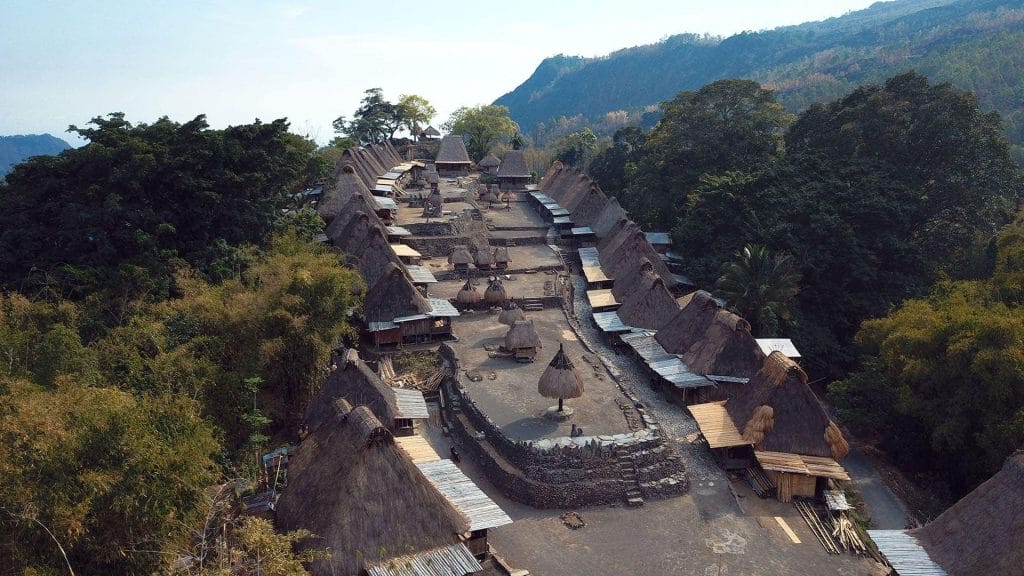
Visiting the traditional villages is a must-do since you’ll get to indulge in Bajawa’s local culture exclusively. One of the villages you can visit is Kampung Bena (Bena Village), a megalithic spot reachable 19 km to the south. With the background of Mount Inerie, the village offers a beautifully exotic view from all angles.
Furthermore, its existence under the mountain itself is a hallmark of the ancestors and old people who believed and worshiped the mountain as the place of the gods. Not to mention, there are 9 tribes inhabiting the 45 houses in the village, with each showcasing different house decorations and other cultural aspects.
Other traditional villages you can visit besides Bena is Ngada, Wogo, and Gurusina.
Enjoy Bajawa’s Local Coffee
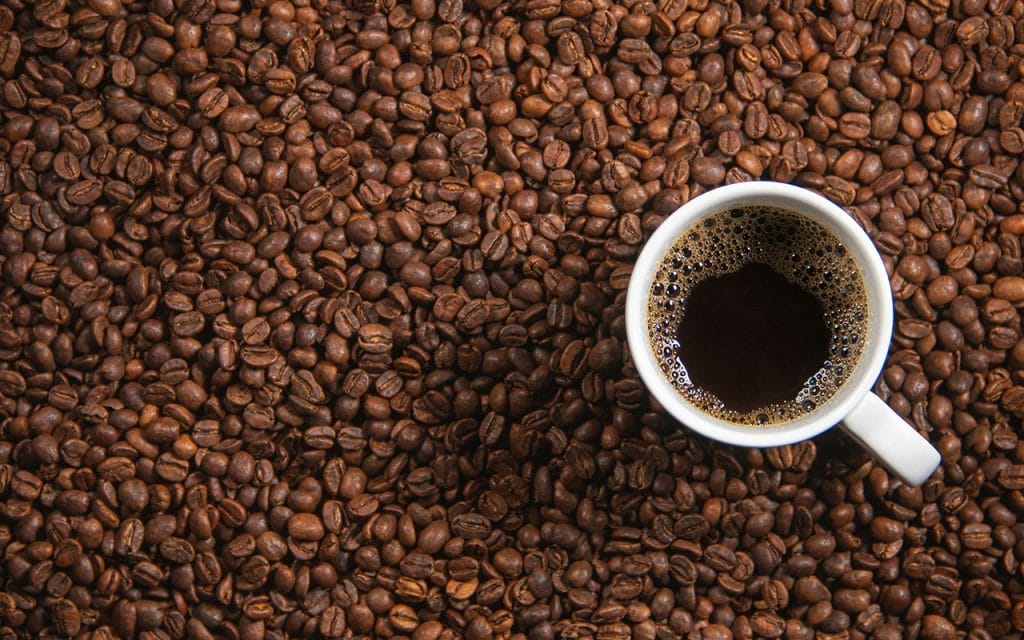
Arabica Flores Bajawa is one of Indonesia’s superior products that’s been exported to many overseas countries. Since 2012, this coffee’s been protected by Indikasi Geografis (the Geographical Indications) thanks to its highly unique qualities and characteristics.
Coffee cultivation in Bajawa has been done for generations and is still preserved. The best place for cultivating Arabica varieties is the highlands like the area between Mount Inerie and Abulobo. In addition, this local coffee is treated without pesticides, making its authentic aroma even more natural and healthy to consume. If you enjoy smelling coffee in the morning, this one won’t disappoint you with its strong floral and nutty aroma.
Witness Romantic Sunrise/Sunset
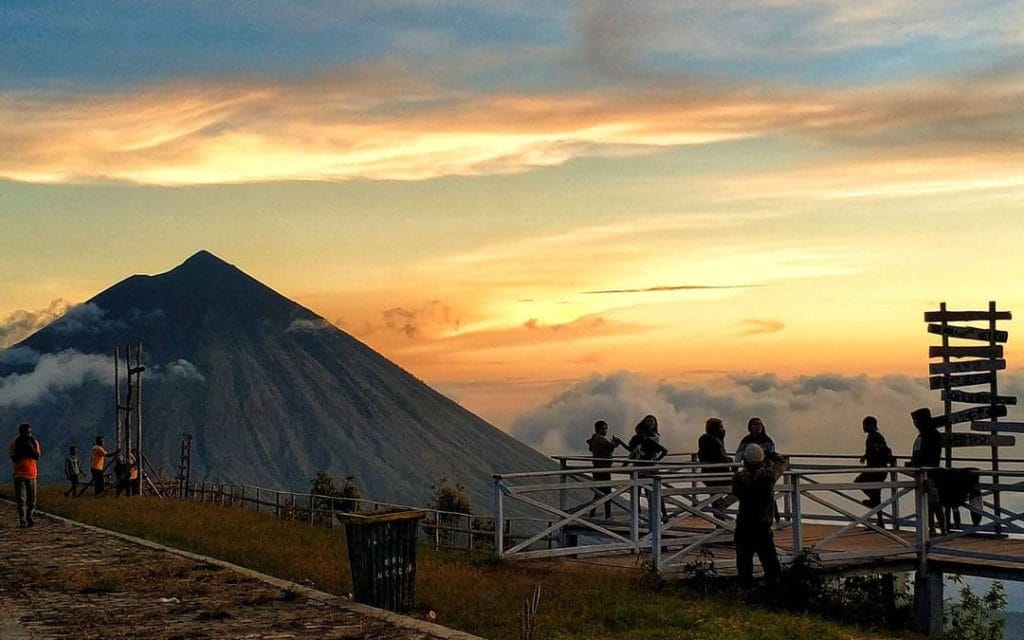
Good news for you couple travelers: Bukit Wolo Bobo (Wolo Bobo Hill), with its relatively simple road access, is the ideal site to watch the sunrise or sunset with your sweetheart. The calm breeze, along with the orange hue of the hills, produces a wonderfully romantic scene.
Although the hill is situated approximately 1,700 meters above sea level, access to the peak isn’t difficult thanks to its neatly arranged trails. Hence, bringing children here is also possible.
Besides the sunset- and sunrise-viewing activities, sometimes clouds here can also get thicker and lower to the hill. It gives the illusion as if you’re standing above those clouds, which is a highly Instagrammable moment.
Trek/Hike/Climb the Mountain

Speaking of Mount Inerie, nature lovers will also love the opportunities to trek, hike, or climb its rock formation. This 2,245-meter-high volcanic mountain has long been known to have quite difficult and dangerous terrain. With lots of uneven ground and volcanic rocks, your journey is made even more challenging with no hiking trails and steep slopes. You might even have to anticipate crawling on all fours at some points!
This activity might thus be better suited for experienced climbers. However, if it’s not you but you’re still interested anyway, consider preparing yourself physically and mentally at least a few months before the trip. Moreover, it’s also highly recommended to hire the services of a local tour guide.
Warm-Up in Hot Springs
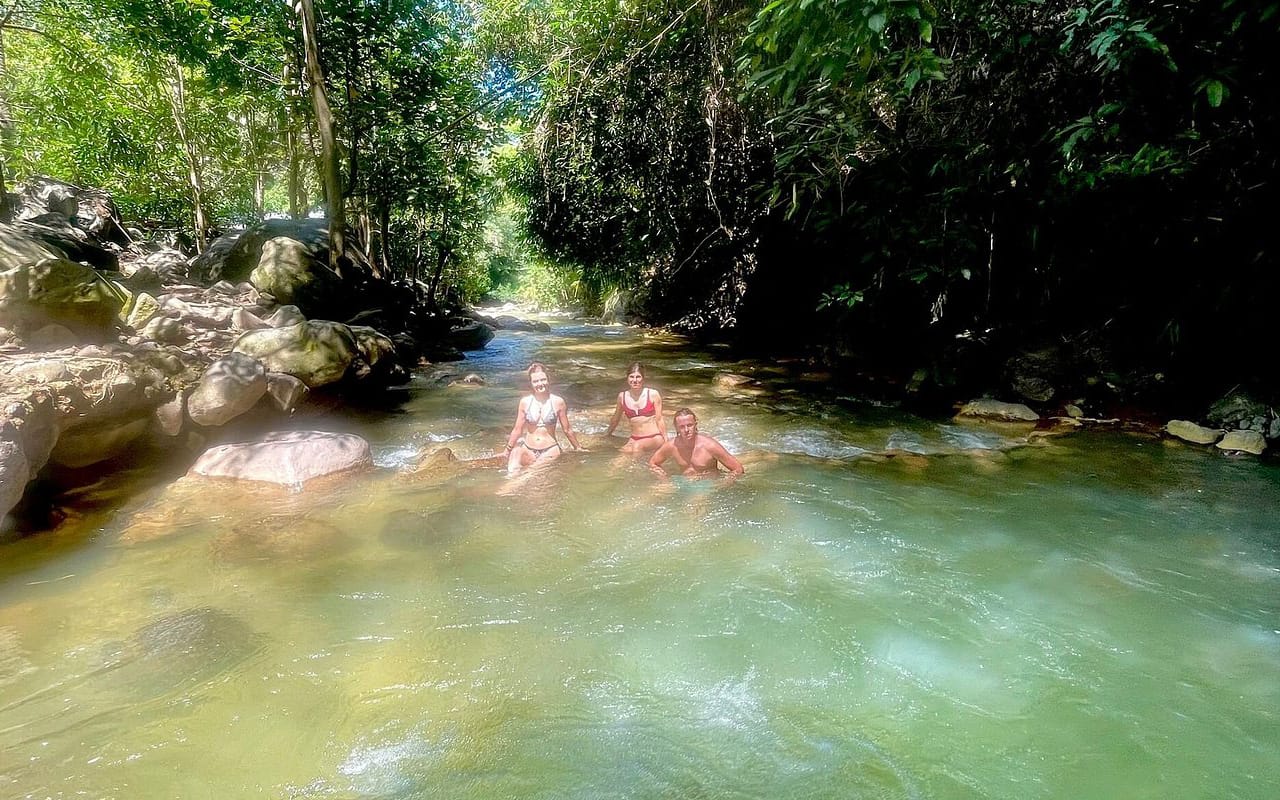
After all those outdoor activities, don’t skip warming yourself up in Mata Air Panas Malanage (the Malanage Hot Springs), located about 30 kilometers from Bajawa. The road conditions are good, and parking is available for those who bring their own vehicle.
In addition to its very natural location, this spot provides water that can be both hot and cold—like a dispenser. The hot streams flow from the volcano, which obviously contains sulfur. Locals believe that this can relieve aches and pains, skin diseases, and rheumatism. In general, taking a dip here can make the body feel fitter and fresher.
Local Delicacies to Try
Traveling without tasting the local foods is just a big no-no (and we don’t blame you for visiting Bajawa completely with the purpose of eating).
Besides tasting Bajawa coffee, we’ll also provide more food recommendations to try and some popular restaurants to visit in this Bajawa travel guide. For Western visitors, it might be important to note that some of these foods and restaurants come with local side condiment sambal (chili paste or sauce), which is made from small-sized yet super spicy Flores cayenne pepper.
Therefore, if you’re not used to or don’t really have a high tolerance for spicy foods, make sure to check the food and restaurant’s menu beforehand. After arriving, what you can try is to taste a small amount of the sambal first. Locals have this trick of eating with white rice or drinking milk to reduce the spiciness. The bottom line is, don’t attempt eating spicy food if you’re not going to enjoy it at all since you keep reaching for water and calming the fire on your tongue!
Rumpu Rampe
Rumpu Rampe is a healthy cuisine to try because it combines many vegetables that are boiled first before getting sauteed with spices. The typical ingredients are the leaves of Moringa (drumstick tree), papaya, cassava, and sweet potato. Other ingredients like papaya flowers, young papaya fruit, and banana heart can also be thrown into the mix. This cuisine’s widely available in Maumere and often served with grilled fish.
Kolo
Kolo is grilled rice cooked in a piece of bamboo, which has to be a young one with a length of approximately 30 centimeters (11,8 inches). And if we’re talking about rice in Indonesia, then it’ll be incomplete without side dishes. Kolo can be a great substitute for the typical white rice you commonly find in the country, especially with its distinctive flavor and soft texture.
Se’i
The main ingredient of se’i can be either pork or beef. The meat will then be smoked from the burned wood, which differs from typical roasted meat you probably know. This smoking process is done so that the meat is more tender and durable. After that, the meat can be stored in the fridge for up to several days or directly stir-fried with other ingredients like papaya flowers and spices. It’s usually served pre-sliced and also with rice and other side dishes.
Jagung Bose (Bose Corn)
Bose Corn is a type of porridge made from corn and other ingredients like red beans, peanuts, and coconut milk. Bose Corn is generally served with other foods, such as grilled fish or se’i. You can find this delicacy in most breakfast and dinner menus because they can be a nice substitute for rice once in a while. The porridge feels incredibly soft despite being made from hard-textured ingredients, and the overall taste is savory.
Ohu Ai Pungan
This typical Maumere cuisine is made from ground dried cassava, which is then combined with dried anchovy, grated coconut, and salt. The mixture is then steamed before serving. It has a savory flavor and is best enjoyed as a snack in between mealtimes.
Now that you know some of the tasty delicacies from Bajawa and Flores, we also recommend you to visit some local restaurants. Please note that the word “restaurant” itself is “restoran” or sometimes shortened into “resto” in the Indonesian language. Occasionally, you’ll encounter the term “rumah makan,” too, which literally means “eating place.”
Camellia
Besides its live music entertainment, Camellia Restaurant has a lovely ambiance and scenery to brighten up your dining experience. The menu consists of Chinese food with reasonable costs in comparison to the level of enjoyment you will receive.
Milonari
Serving a wide range of Asian and international dishes, Milonari Restaurant is also a perfect choice for non-meat eaters thanks to its many vegetarian options. Every dish is served beautifully, with some popular menus include fried rice, chicken curry, capcay (stir-fried vegetable dish), crispy chicken, and gado gado (salad with a peanut sauce dressing).
Dito’s
Dito’s is a perfect combination of Chinese, Indonesian, and European specialties, which you can tell immediately just by looking at the interior style of the room. Some dishes commonly ordered here is fried noodle, chicken soup, satay (skewered grilled meat), and lumpia (spring rolls).
Rumah Makan Anugerah
With its menu dominantly filled with Chinese food, Rumah Makan Anugerah (literally translated as “Grace Restaurant”) attracts tourists with its spotless appearance and cool ambiance. Some foods you must try here are nasi babi rica-rica (spicy pork with rice), sapo tahu (clay pot tofu), avocado juice, fried noodle, and nasi kuning (yellow-colored rice made with coconut milk and turmeric).
Heaven’s Door Bar & Restaurant
With an amazing backdrop of the scenic mountain, Heaven’s Door Bar & Restaurant has long been praised for truly living up to its name. Besides the wonderful decor like stained glass windows, the food options are veered towards Indonesian and European. Some popular options include beer, Margherita cocktails, deep-fried tempeh, chunky fried cassava, pancakes, and nasi kuning.
More Traveling Tips
If this is the first time you’re visiting Bajawa, then we have some traveling tips that may be helpful for your trip planning. First of all, allocate 2 to 3 nights to explore at least the popular spots mentioned in this reading or recommended by your friends or colleagues. Most hotels provide complimentary wi-fi but make sure to check again prior to reservation.
Look out for these things, too:
Bring Extra Layers
Bajawa can get quite chilly, especially in the mornings and evenings, so it’s not a bad idea to bring along some jackets or cold weather clothing. And just because it’s cold, it doesn’t mean you can skip sunscreen. Indonesia’s located in the equator line, which means that the sun will always come out all year round. Make sure to stick to anti-UV lotion, sunglasses, and hats to protect yourself from unwanted sunburn.
Prepare Your Outdoor Necessities
Visitors and backpackers with the itinerary of going to the beaches, mountains, and other outdoor spots might want to consider packing extra (microfiber) towels, a bathing suit, a waterproof bag to keep your gadgets and valuables dry, and waterproof pair of shoes that’s also comfortable for trekking and swimming simultaneously. If you also plan to climb, don’t forget to prepare your own climbing equipment as well.
Prepare the Right Transportation
Because the terrain to reach Bajawa can be challenging to navigate, make sure the transportation you use to get there is in great shape. More importantly, it’s also recommended to practice eco-travel trips by, of course, traveling responsibly and reducing carbon footprint.
Practice Ecotourism
Some of our suggestions to do so is, first, by leaving no trash on the ground. You’d think this one would be self-evident, yet there are some problematic individuals who believe it’s acceptable to toss rubbish on the ground. This behavior isn’t only bad for the environment but also annoying to the people around you. Wherever you are, don’t be that person!
This one’s optional, but you can try investing in a pack of iodine pills or a Steripen water purifier to sanitize water. This move is great for long outdoor activities where you might not always have access to water most of the time. By doing this, you won’t only reduce the amount of single-use plastic you consume but also save you money!
Anticipate and Respect the Local Culture
Whatever your background is, always respect the local culture by behaving in a decent manner whether you’re alone or in any social setting. Indonesia in general is still a pretty conservative country. While it’s completely up to you on how to dress yourself up throughout the trip, try not to wear too revealing clothes in public unless you’re in the pools or beaches. It might be another typical Tuesday for you, but locals might not share the same notion.
It also won’t be such a bad idea to learn a few words in the Indonesian language like “halo” and “terima kasih,” which mean “hello” and “thank you,” respectively. For a relatively small town like Bajawa, most locals might not even speak English at all. In some restaurants, they solve this obstacle by translating their menu to English and allowing customers to write down their food order themselves before giving it to the waiter/waitress. Hotel staff generally can converse in English. If you don’t have time to practice some Indonesian words before coming, it might be worth considering hiring a tour guide.
Closing
Bajawa is one of the exciting cities to explore in Indonesia, and we do hope you’re interested in putting this one on your travel destination list. We also hope that this Bajawa travel guide has addressed the most important points you should be aware of if you are visiting Bajawa for the first time. If this is not your first rodeo, then feel free to add more comments to what we might have missed. Otherwise, enjoy your trip!

